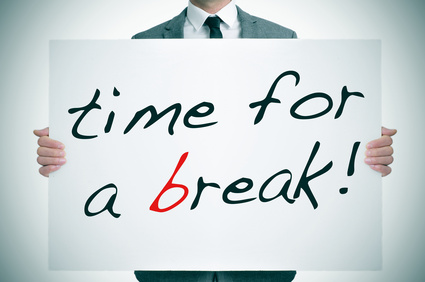

For example, the columella (where the nostrils are) should be always darker than the nose bridge. They are derived from what is visually pleasing and natural-looking. Lighting rules exist and are pretty set in stone. Shooting in manual is the solution to breaking common rules of exposure in order to achieve what you desire as a creative photographer. The camera meter will try to even out the whole picture, making the performers less prominent. For example, a lot of concert venues have hard directional lights on the performers, which are very bright compared to everything else. Technically this image is underexposed. Miri are plenty of instances where the meter reading is not what the picture demands.

Take one of my fashion images as an example: the rule of thirds is hard to apply in a close-up beauty photograph. So, by following this common composition technique, not only are you limiting yourself to something cliché but also to something that isn't universally applicable. There are instances where the rule of thirds is simply non-applicable. However, the art world has millions upon millions of photos, paintings, and more doing the exact same rule of thirds thing. There are valid reasons to follow it: it allows for easy and effortless composition that is pleasing to look at. The most overused rule in photography is this one. Classic Rules That You Should Break Rule of Thirds My own wanderings led me to believe that photography rules are derived from classical visual artwork, nature’s light patterns, and color theory. One can’t disagree with the photography bible, because a photography bible doesn’t exist. It is hard to pinpoint where photography rules come from after all, they're not a religious text.


 0 kommentar(er)
0 kommentar(er)
